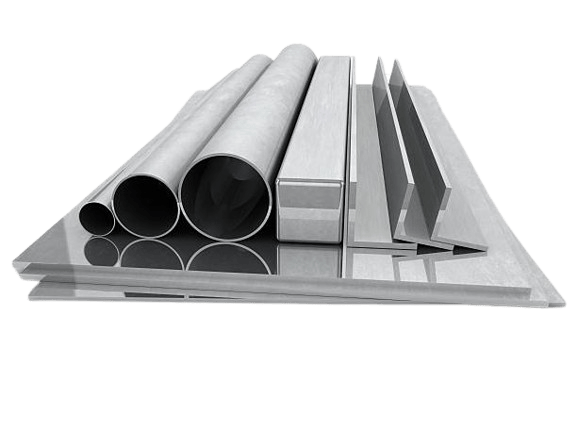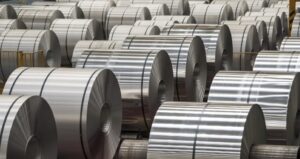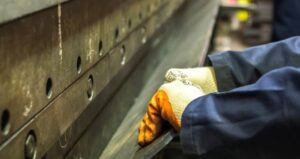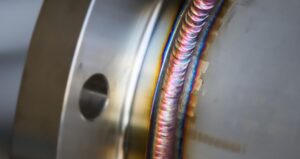Aluminum alloy anodizing is a fascinating process that enhances the properties of aluminum, making it more durable, corrosion-resistant, and aesthetically pleasing. In this blog post, we will delve into the details of aluminum alloy anodizing, exploring its benefits, applications, process, and much more.
What Is Anodized Aluminum?
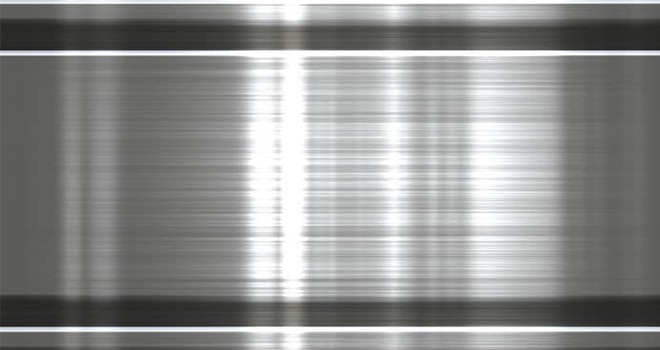
Anodized aluminum refers to aluminum treated to create a durable, corrosion-resistant surface that is visually appealing. When exposed to air and humidity, metals naturally develop an oxide layer, typically passive and protective. Unlike iron, aluminum’s oxide layer is non-flaky and acts as a shield, hindering further oxidation. This self-created barrier resembles how skin tans to shield against UV damage. Anodizing aluminum involves thickening this inherent oxide layer through a process that enhances its protective qualities. The resulting anodized aluminum displays improved hardness, strength, and resistance to corrosion and wear, suitable for enduring harsh environments. This method maintains aluminum’s recyclability and is eco-friendlier than alternative treatments. Anodized aluminum boasts a sleek finish and vibrant colors, making it a favored choice in architectural and decorative applications, standing out for its enhanced protective properties and aesthetic appeal.
What's The Aluminum Alloy Anodizing Process?
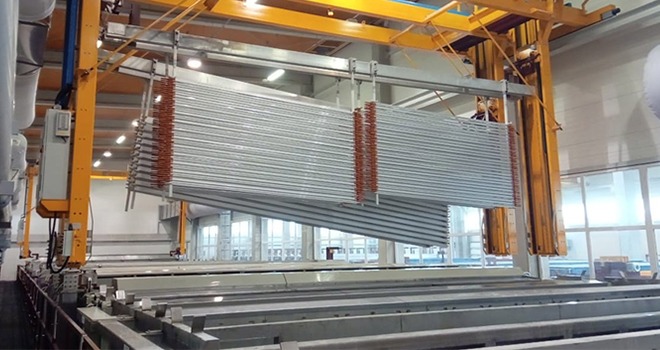
The process of aluminum alloy anodizing begins by submerging aluminum parts in an electrolytic bath and applying direct current to induce oxidation. This electrical flow results in the formation of a thicker oxide layer than what naturally occurs on the metal. Anodizing, serving as an electrolytic passivation method, amplifies the thickness of the existing oxide layer on aluminum surfaces, creating a strong, enduring film that bolsters the metal’s innate resistance to corrosion. Throughout anodizing, the aluminum components function as the anode, emitting positive ions and attracting negative ions, culminating in the formation of a protective aluminum oxide layer on the surface. While effective on non-ferrous metals like magnesium, zinc, and titanium, anodizing is unsuitable for ferrous metals such as carbon steel, which are prone to rust formation rather than the development of a durable, corrosion-resistant film. The anodizing process can be executed using batch or continuous techniques, tailored to the specific characteristics of the items undergoing treatment.
Types Of Aluminum Alloy Anodizing Methods
The two primary types of aluminum alloy anodizing methods are batch anodizing and continuous anodizing.
Batch Anodizing
In batch anodizing, items are placed on racks and immersed in a series of baths. After treatment, the items are collectively removed. This method is commonly applied to cookware, castings, and components that have undergone bending or machining.
Continuous Anodizing
Continuous anodizing involves feeding pre-rolled material through the anodizing process without interruption. Once the process is complete, the material is rewound and sent for further use. This method is suitable for items like wires, plates, sheets, and foils that require a continuous anodizing process.
Key Steps Of Aluminum Alloy Anodizing
The aluminum alloy anodizing process comprises several essential stages to achieve the desired outcome:
Pre-Treatment
- Chemical Pre-Treatment: Involves the use of chemical solutions like acid or alkali cleaners to eliminate contaminants such as dirt and grease. Deoxidizing agents are utilized to address surface oxides and heat-treat scales. Processes like etching or brightening may be applied to alter the surface texture, resulting in various finishes.
- Mechanical Pre-Treatment: Techniques like abrasive polishing, sandblasting, and shot peening are employed to prepare the aluminum surface, enhancing its properties for anodizing.
Electrolysis
- The aluminum part is immersed in an electrolytic bath, serving as the anode.
- Applying a direct current leads to oxidation, forming an aluminum oxide layer on the surface.
Barrier Oxide Film
- Develops on the surface in a neutral solution, providing a sturdy and non-reactive layer that shields the aluminum from environmental factors.
- The thickness of this film is impacted by the voltage applied during anodizing.
Porous Oxide Film
- Occurs when anodizing is conducted in a dilute acidic solution, typically containing around 10% acid content.
- The anode reaction results in the creation of a porous aluminum oxide layer with a cellular structure.
- Factors such as electrolysis duration, applied voltage, and bath conditions influence the thickness and structure of this film.
What Are The Types Of Anodized Aluminum?
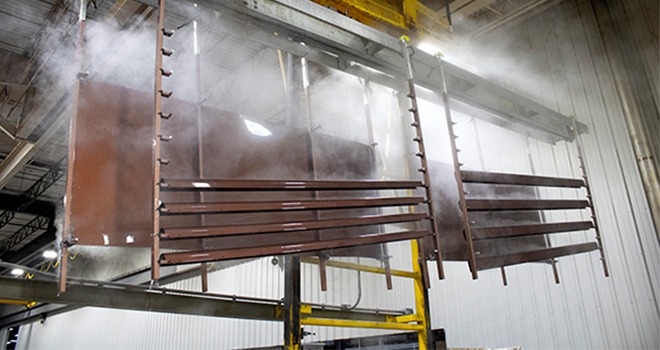
Anodized aluminum is available in various types, each offering unique features and applications. The main categories of anodized aluminum include Type I, Type II, and Type III anodizing processes.
Type I - Chromic Acid Anodizing
- Uses chromic acid to create a thin layer of aluminum oxide (20-100 microinches thick).
- Provides effective corrosion resistance when properly sealed.
- Non-conductive and suitable for priming for paint and adhesive applications.
- Minimal impact on component dimensions, making it suitable for parts with tight tolerances.
- Commonly found in aerospace and aircraft applications.
Type II - Sulfuric Acid Anodizing
- The most common method utilizing sulfuric acid as the electrolyte.
- Produces a thicker oxide layer (100-1000 microinches) that absorbs dyes and paints effectively.
- Offers better abrasion and corrosion resistance compared to Type I anodizing.
- Ideal for decorative items, architectural elements, and consumer electronics.
- More cost-effective than Type I due to lower chemical expenses.
Type III - Hard Anodizing
- Also employs sulfuric acid but under more rigorous conditions than Type II.
- Results in a significantly thicker and more porous oxide layer (>1000 microinches).
- Known for exceptional hardness and durability, suitable for high-wear applications.
- Provides excellent abrasion and wear resistance, along with good electrical insulation.
- Widely used in military, aerospace, and aviation industries for components subjected to frictional stress.
When Do You Need Anodized Aluminum?
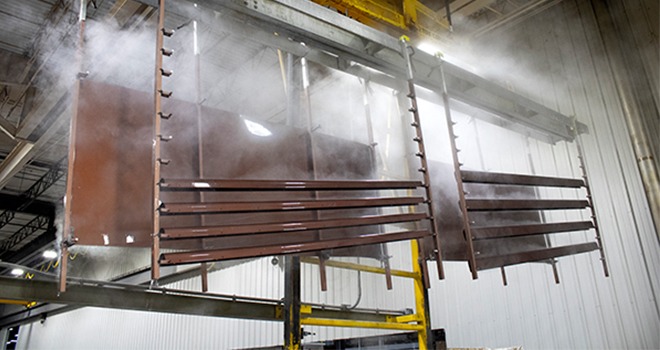
Deciding whether anodized aluminum is necessary depends on the specific needs of your intended applications. If you prioritize features like corrosion resistance and a sleek metallic appearance, or if you are aiming to enhance surface properties such as improved emissivity or better adhesion for primers and adhesives, anodizing could be the perfect finishing solution for your extruded products.
However, if factors like electrical conductivity are crucial or if you plan to subject the piece to further forming processes, it might be best to avoid anodizing. These additional processes could potentially cause the oxide layer to crack. Additionally, it’s important to consider that anodizing can slightly increase the dimensions of the piece, making it less suitable for applications with very tight size tolerances.

